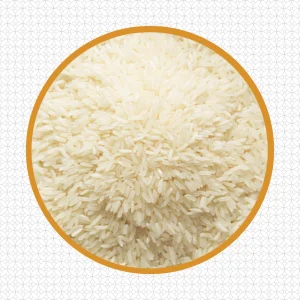Description
What is organically grown black glutinous rice? Although it is not as well-known as brown or wild rice, black rice, often known as “forbidden rice” or “emperor’s rice,” is an ancient grain with even more amazing health benefits than many other rice species.
Along with dietary fiber, anti-inflammatory qualities, and the capacity to prevent diabetes, cancer, heart disease, and even weight gain, it has the largest concentration of potent antioxidants that combat disease.
organic black glutinous rice
Black glutinous rice is sticky, short-grained, and has a dark color comparable to wild rice when cooked all the way through. It has a dark purple color, despite its name, and according to the American Chemical Society, it may be healthier and offer more nutritional benefits than brown rice. Sticky rice, often referred to as glutinous rice, is made sticky because it doesn’t contain amylose, which delays digestion and lowers insulin levels. Black glutinous rice is a better alternative for a meal because it retains more of its other nutrients due to its uncooked state.
A medium-grain, non-glutinous heritage rice, black rice is sometimes referred to as “forbidden rice.” It looks dark, purplish-black, and tastes slightly sweet and nutty. Is rice actually what black rice is? As peculiar as it






Reviews
There are no reviews yet.